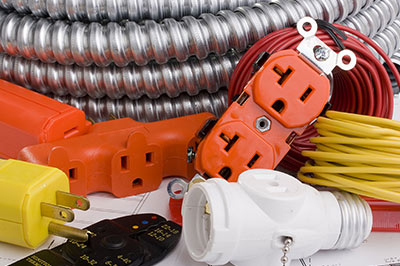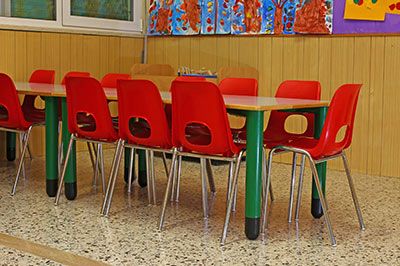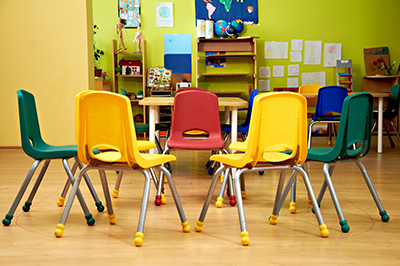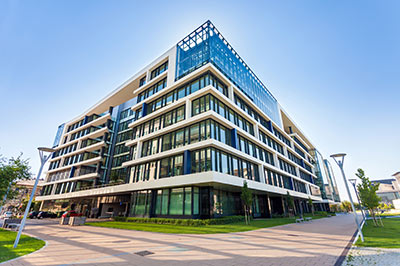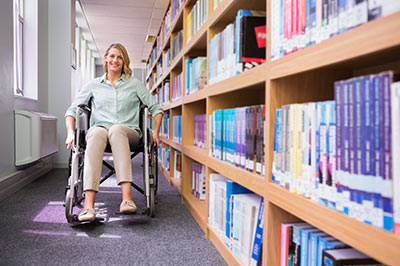Ithaca Journal, 2016.
Ithaca pediatrician Marguerite Uphoff remembers a time when leaded gasoline burned inside cars, lead-based paint covered bedroom walls, and school districts installed pipes with lead solder to deliver drinking water for children.
“There’s no question that lead is a neurotoxin, and even at low blood-lead levels, it has the potential to affect development, behavior and learning ability,” she said.
In 2016, motors run on unleaded gas, and the lead-based paint can be easily detected and removed. Lead pipes and lead solder, however, are more expensive to replace and often harder to find. While some regulations exist to protect people from lead in drinking water, recent tests at local schools reveal a gap in the rules designed to protect children.




